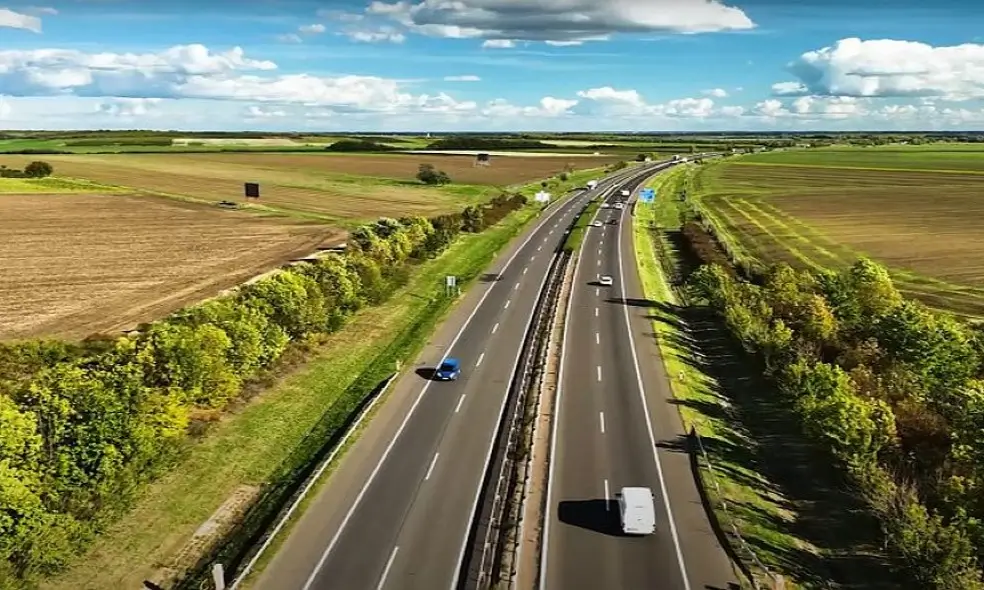The Lithuanian Highways and the E-Vignette System
Lithuania, a small but dynamically growing country on the coast of the Baltic Sea, has made significant strides in developing its transportation infrastructure. Building highways and modernizing transport systems are key tools for economic growth and improving regional connectivity. The Lithuanian highways and the e-vignette system play a particularly important role in the country’s transportation policy and integration into the European transport network.
Lithuanian Highways: Overview and Developments
Lithuania's highway network is relatively young but has already undergone significant development in recent years. The country's main highways include:
A1 Highway: This is the most important highway in Lithuania, connecting Vilnius, the capital, with Kaunas and the western border of the country. The A1 highway plays a key role not only domestically but also in international traffic, as it connects Lithuania with Poland and Latvia.
A2 Highway: The A2 highway leads from Vilnius to Šiauliai and plays an important role in connecting the eastern and western regions.
A3 Highway: This highway connects Kaunas with the city of Marijampole, providing a significant regional transportation corridor.
In recent years, Lithuania has been continuously working on modernizing its highways, including renovations and expansions. The goal is to increase transportation efficiency and improve the safety of the road network. Being part of the European Union network, the development of highways is closely linked to continental transport corridors.
E-Vignette System
In Lithuania, the use of highways is regulated through e-vignettes. The system aims to cover the maintenance costs of roads and support infrastructure development. E-vignettes are mandatory for all vehicles traveling on highways.
E-Vignette Types and Prices
Lithuanian e-vignettes are available in different types, depending on the vehicle type and the duration of validity. The following main categories are available:
Daily E-Vignette: Ideal for short-term trips. The price is generally lower and allows 24-hour use of the highway.
Weekly E-Vignette: The weekly e-vignette can be more cost-effective if travel is frequent but does not last for months.
Monthly and Annual E-Vignette: For longer-term use, such as regular commuting, monthly and annual e-vignettes are available, providing a discounted rate for drivers.
Prices and types can change continuously, and current information is available on the official website of the country's transportation authorities. Purchasing e-vignettes is simple and available through multiple channels, including online purchase options, gas stations, and official points of sale.
Purchase and Validation
Purchasing e-vignettes is quick and easy. Besides online purchase options, drivers can buy the necessary e-vignette at local gas stations and other points of sale. It is important for drivers to always ensure that the e-vignettes are valid and properly placed before traveling on highways.
Transportation authorities regularly conduct checks on highways to ensure the presence of valid e-vignettes. The purpose of the checks is to maintain compliance with traffic regulations and prevent the avoidance of fees.
Lithuania's highway network and the e-vignette system play a key role in the development and maintenance of the country's transportation infrastructure. The modernization of highways and the simple e-vignette purchasing system contribute to increasing transportation efficiency and improving the travel experience. Lithuanian highways play an important role not only domestically but also in the international transportation network, aiding the economic and regional integration of the country.









